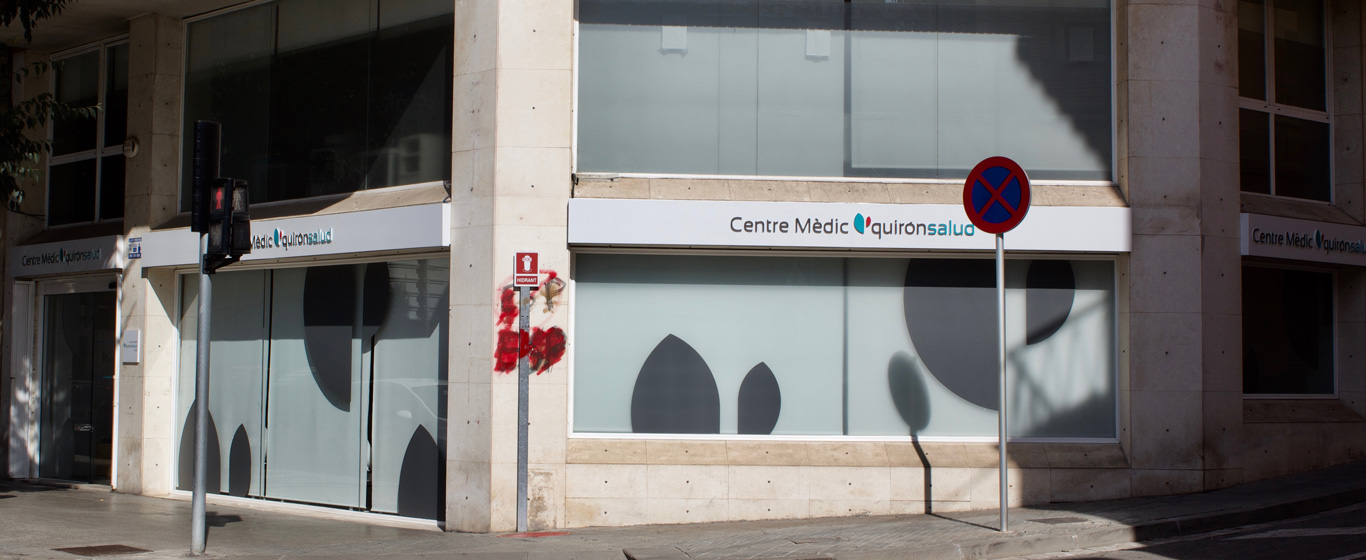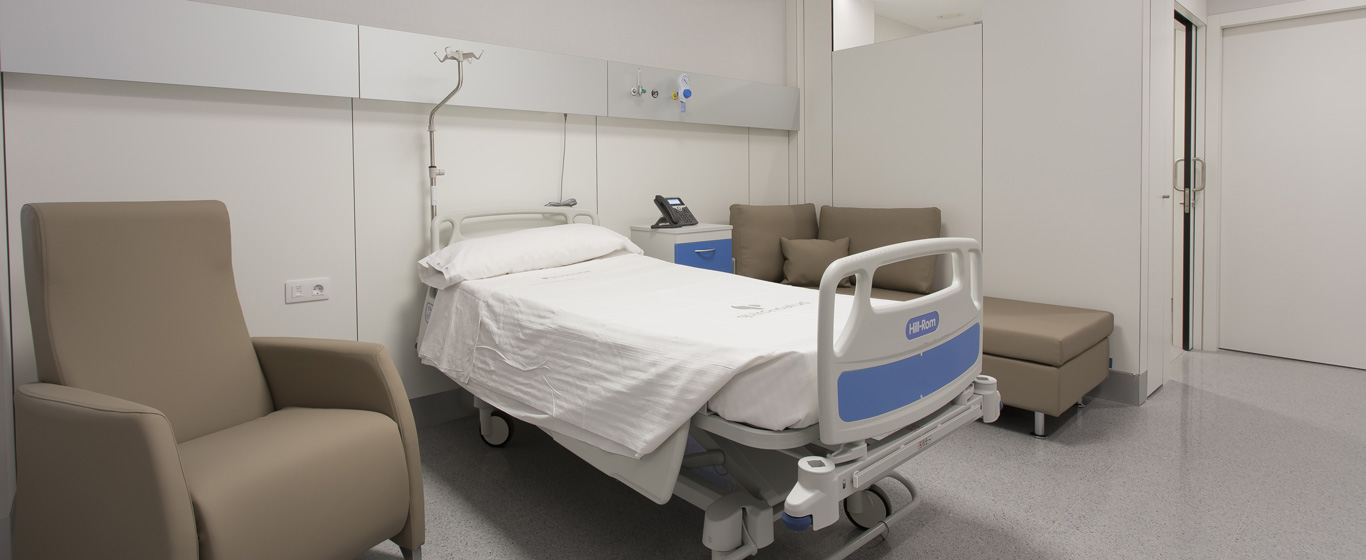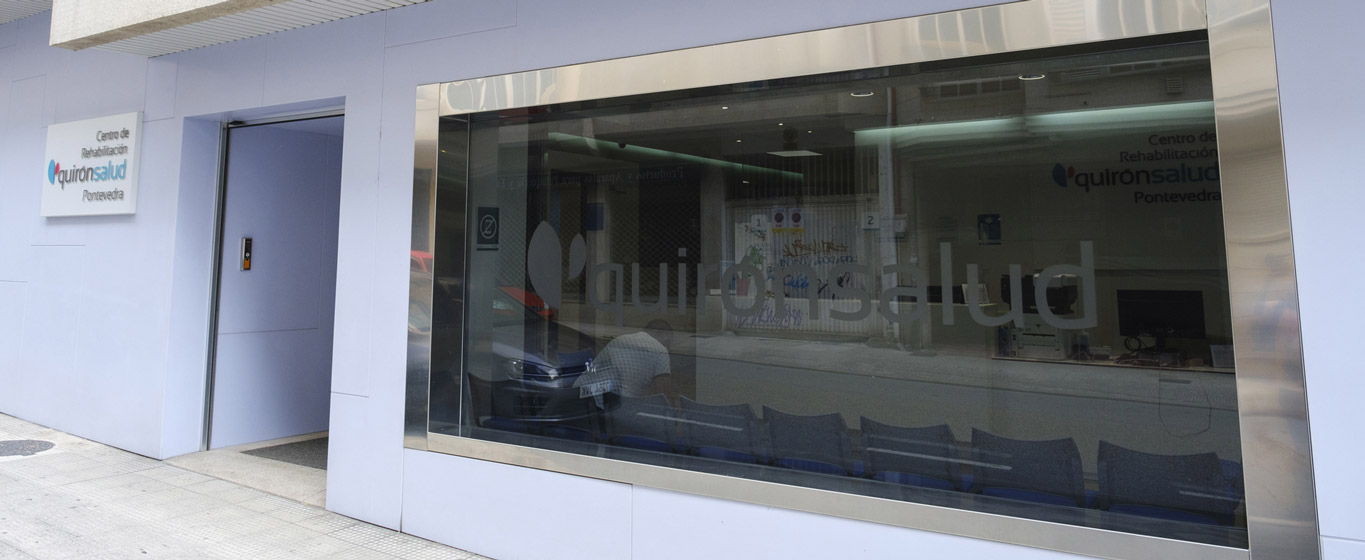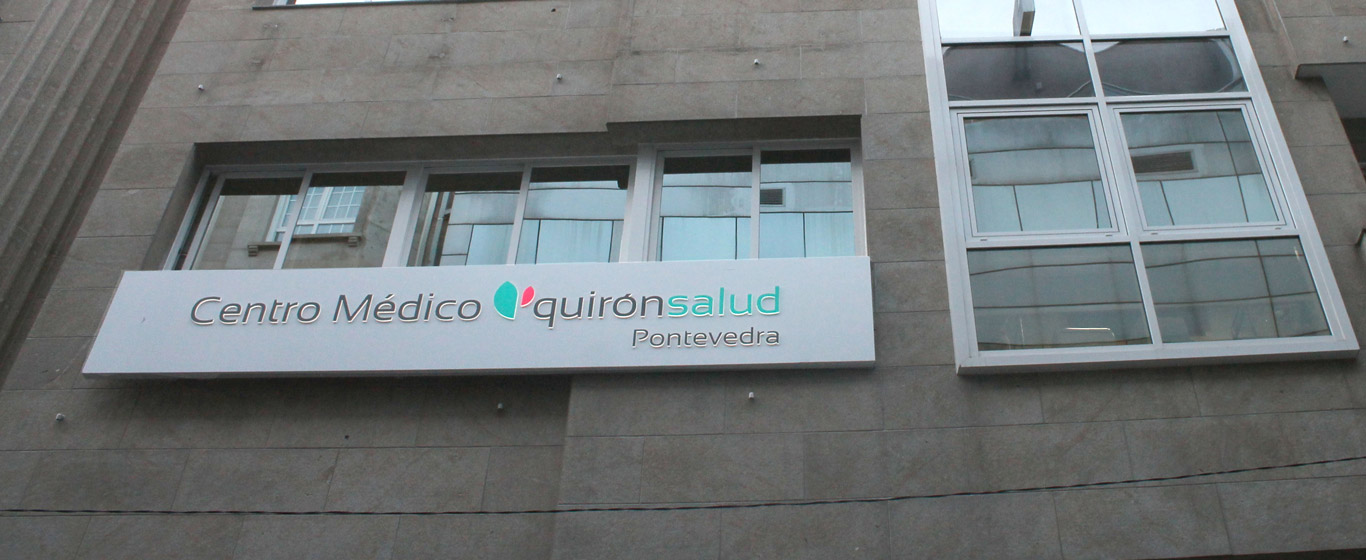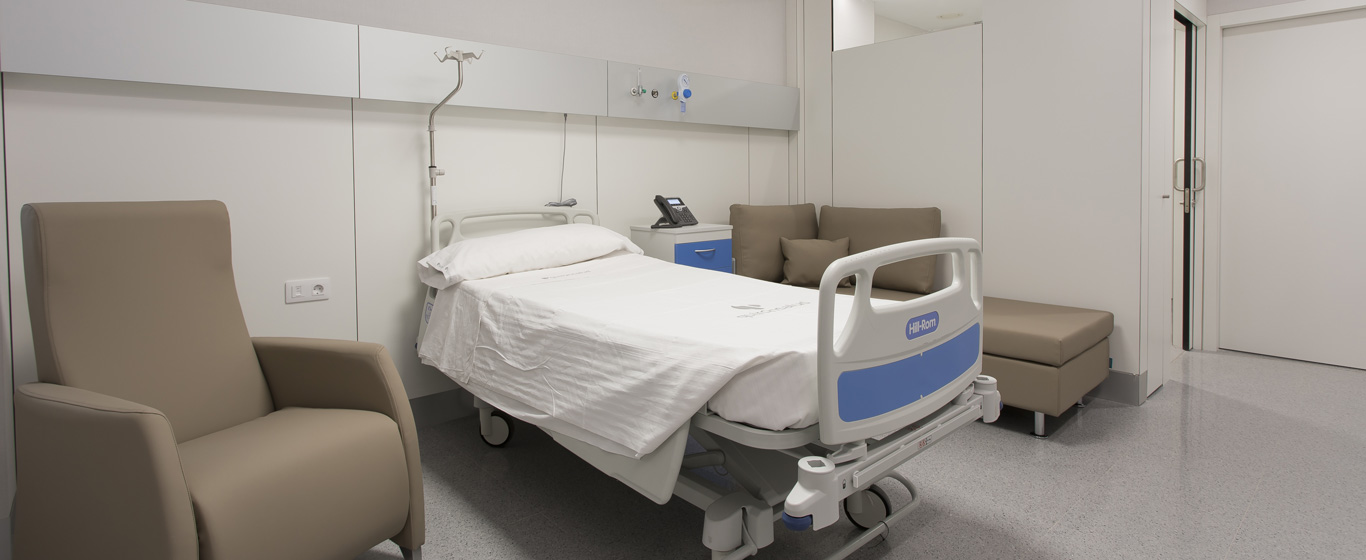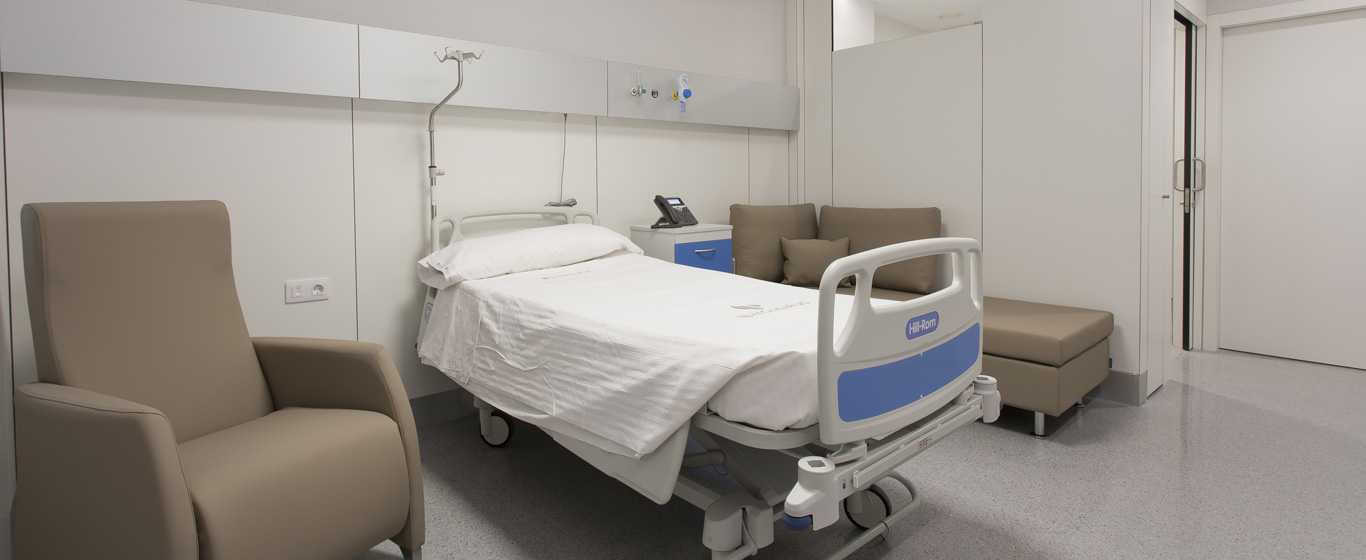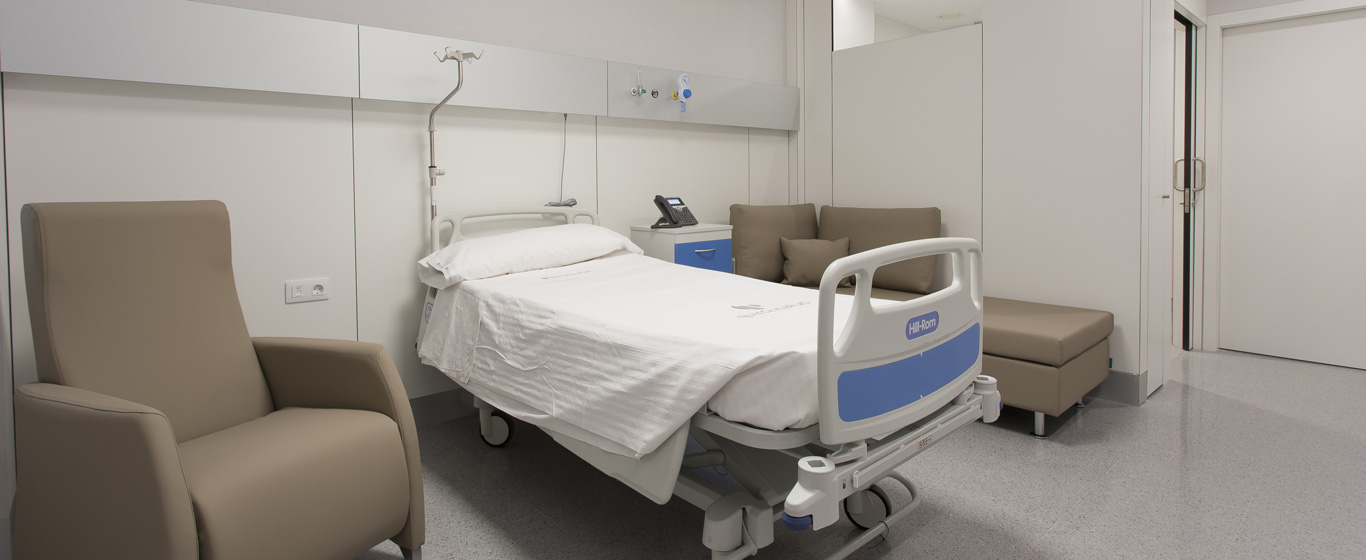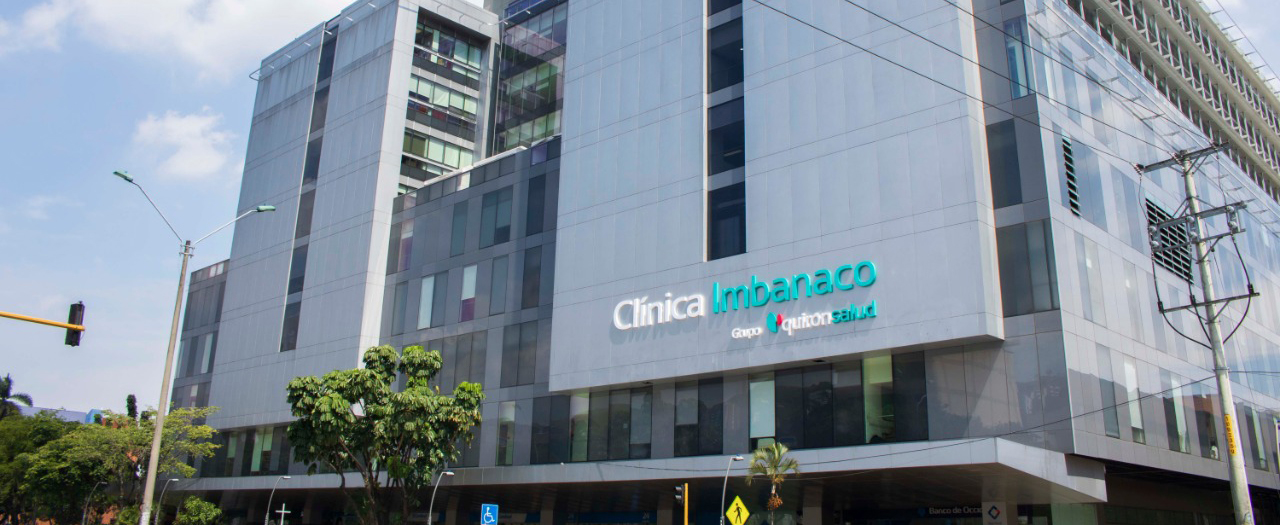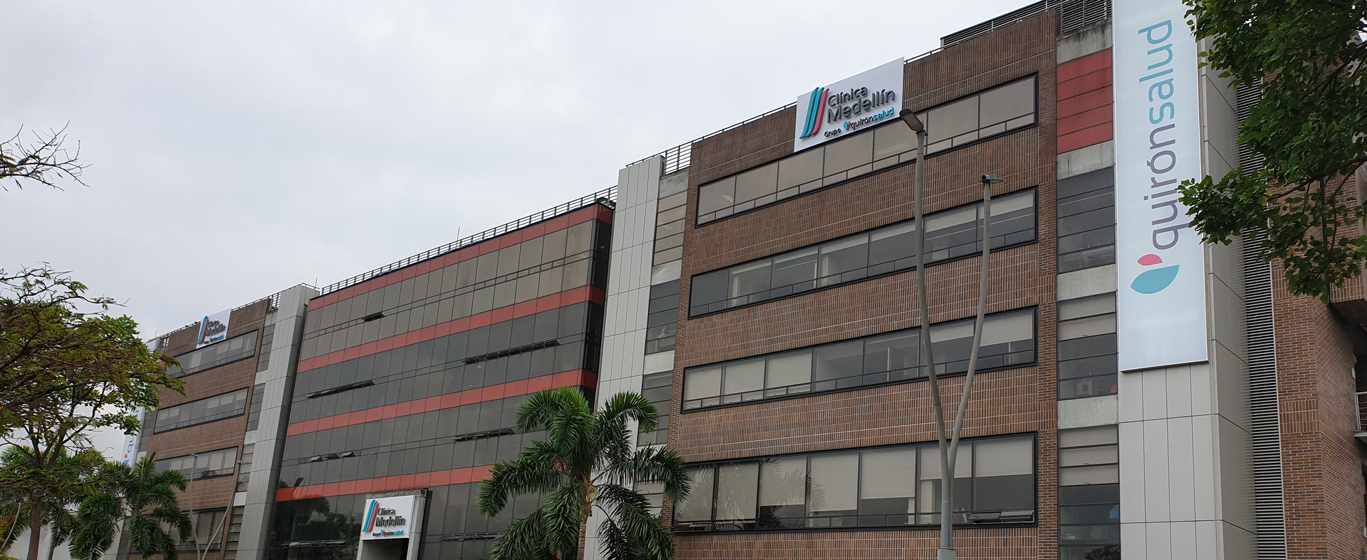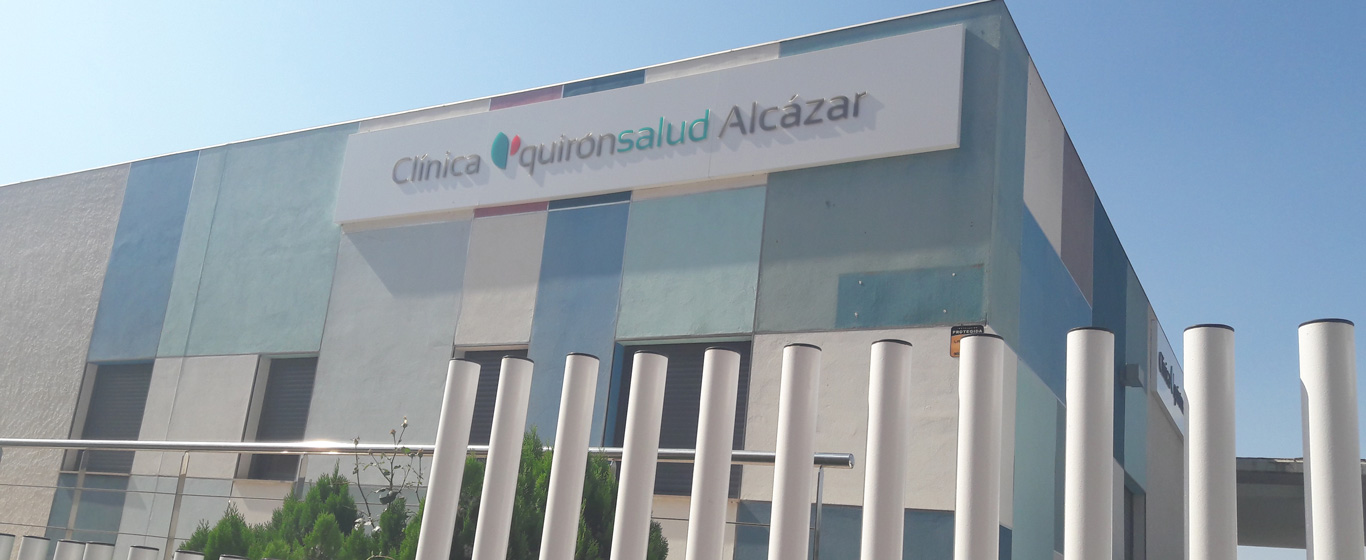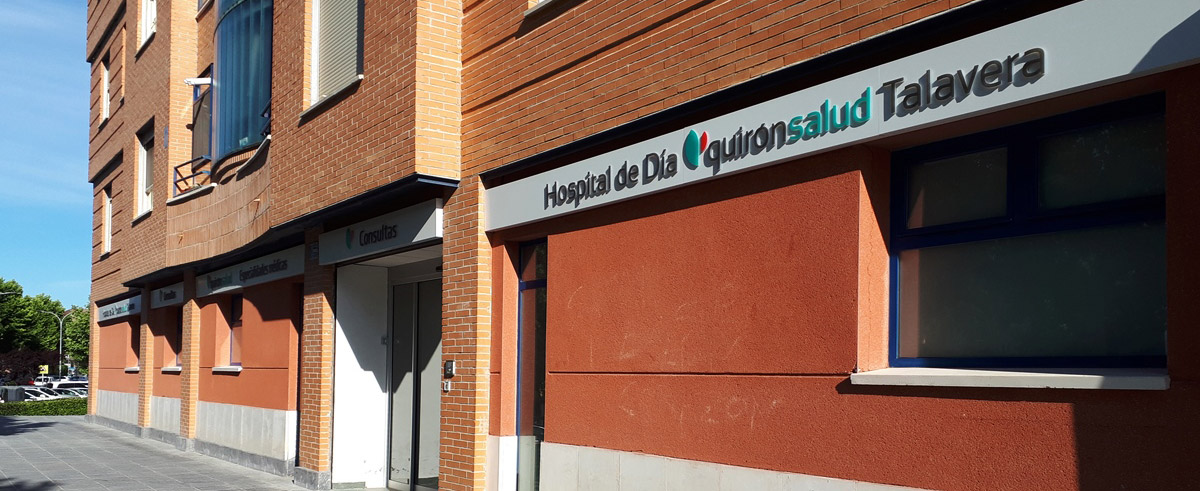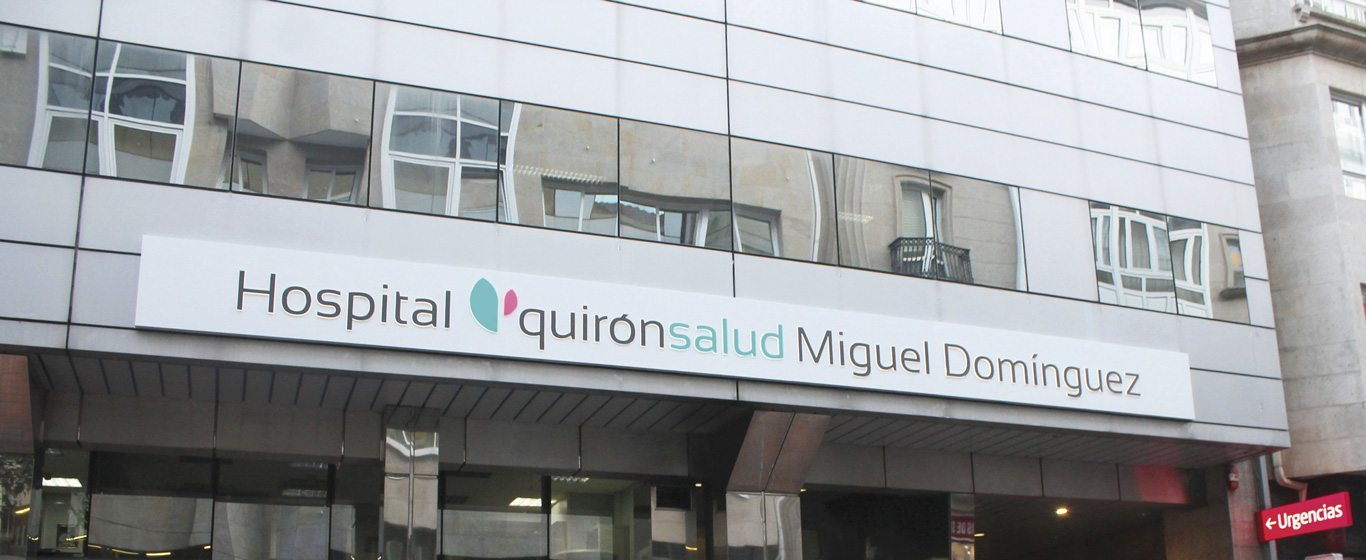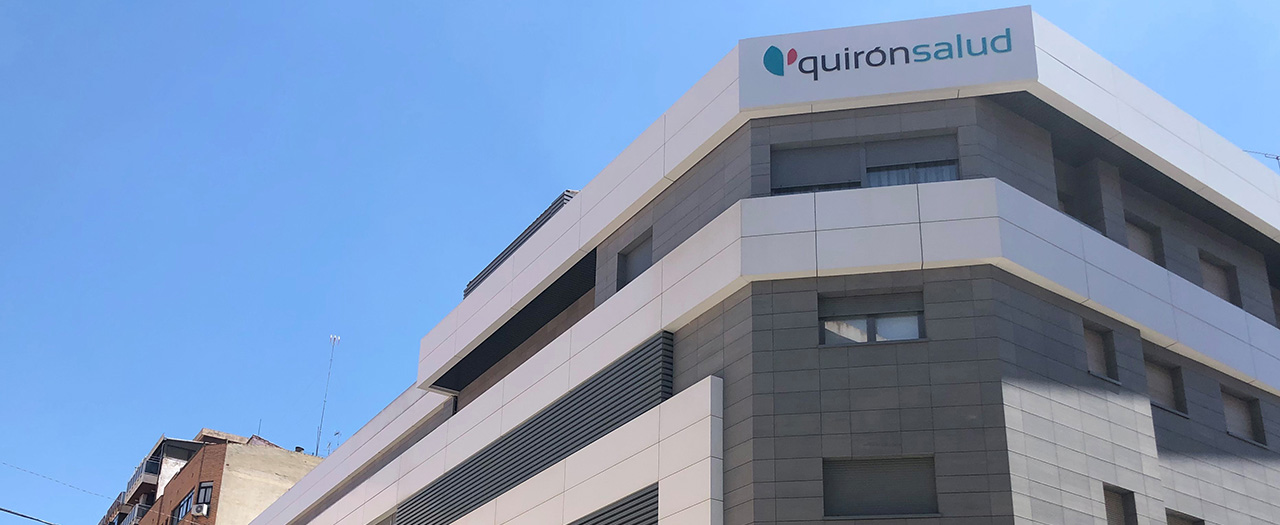Benign Prostatic Hyperplasia
What problems does an enlarged prostate cause? Learn all about the causes, symptoms, and the most effective treatments for benign prostatic hyperplasia.
Symptoms and Causes
Benign prostatic hyperplasia (BPH) is the enlargement of the prostate gland, responsible for producing semen, due to aging. This condition is not cancerous, nor does having it increase the likelihood of developing a malignant tumor.
Depending on the gland’s growth—whose normal volume is 20 cubic centimeters—benign prostatic hyperplasia is classified into four grades:
- Grade I: Reaches 40 cm³, twice its normal size.
- Grade II: The volume is three times larger than usual.
- Grade III: The size is four times greater than normal.
- Grade IV: So large that its limits cannot be determined.
The effects of an enlarged prostate begin to appear around age 50. Since it is located beneath the bladder and surrounds the urethra, its excessive size is often the main cause of urinary discomfort in older men.
Symptoms
The most prominent symptoms of benign prostatic hyperplasia include:
- Weak urine stream
- Frequent urination
- Difficulty starting urination
- Post-void dribbling
- Feeling that the bladder is not completely empty
Causes
The reasons why the prostate continues to grow throughout life remain unknown, though some studies suggest that it is due to age-related hormonal imbalances.
Risk Factors
The primary risk factor for benign prostatic hyperplasia is aging. The likelihood of excessive prostate growth is also higher in individuals with a family history of the condition, obesity, or diabetes.
Complications
If left untreated, an enlarged prostate can cause urinary retention, inability to urinate, frequent urinary tract infections, kidney failure, or bladder stones.
Prevention
Benign prostatic hyperplasia cannot be prevented, but following medical recommendations can help maintain prostate health. The most important measures include:
- Exercising regularly
- Avoiding excess weight
- Maintaining a balanced diet rich in anti-inflammatory foods
- Attending annual urological check-ups
What Doctor Treats Benign Prostatic Hyperplasia?
Urologists diagnose and treat benign prostatic hyperplasia.
Diagnosis
To diagnose benign prostatic hyperplasia, a protocol is followed that includes several tests to gather all the necessary information and determine the most appropriate treatment for each case. Common diagnostic techniques include:
- Reviewing medical history and symptoms
- Digital rectal exam to check if the prostate is enlarged
- Blood test to determine if PSA (Prostate-Specific Antigen) levels are excessively high
- Ultrasound to precisely measure the prostate’s size and assess bladder function
- Uroflowmetry (flow study) to measure urine volume and flow rate
- Cystoscopy to check if the urethra is narrowing due to the enlarged prostate
Treatment
The choice of treatment depends on the patient’s characteristics and the severity of the condition. Some of the most effective treatments include:
- Alpha-blocker medications: Relax the bladder and urethral muscles to improve urine flow.
- 5-alpha-reductase inhibitors: Reduce enzyme production involved in prostate growth.
- Prostate surgery: Surgery is considered when medication is ineffective or if other urinary conditions are present. The most common procedures include:
- Prostatic embolization: Blocks blood flow to specific areas near the prostate to reduce its size.
- Prostatic photovaporization: Uses a laser to remove prostate tissue that obstructs urine flow.
- Rezum: Injects steam into the obstructing tissues via a catheter inserted through the urethra.
- Prostatectomy: Surgical removal of part or all of the prostate, performed endoscopically or through open surgery.






